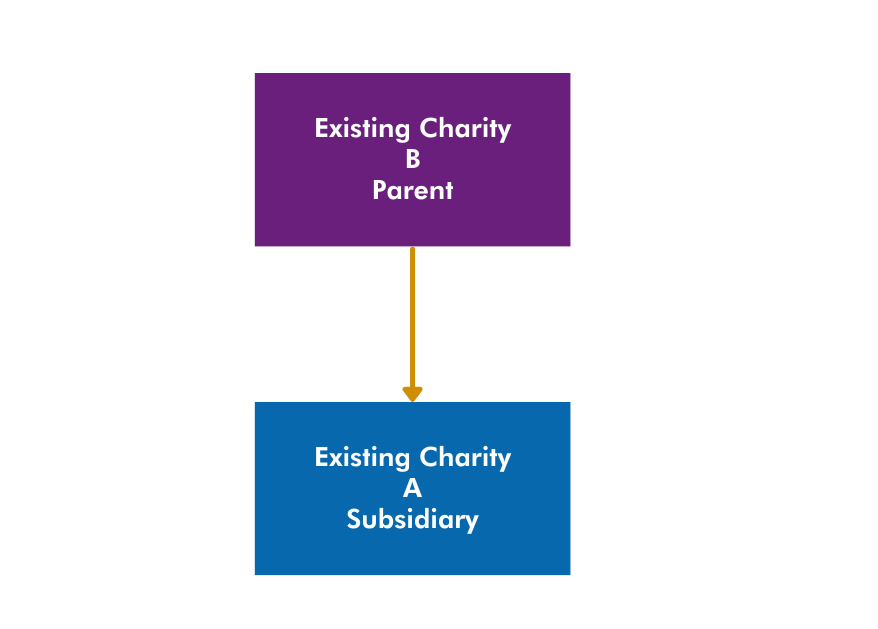A Look Behind the Increase in Charity Mergers

As more and more charities are assessing the merits of merging with another likeminded organisation, Our Charity and Not-for-Profit team looks at the reasons behind this increase. In addition, they discuss how charities can merge and key considerations for charity trustees when contemplating a merger.
We are seeing a noticeable increase in the number of charities either merging, considering the possibility of merging, or beginning to discuss collaborative working arrangements with a view to a possible merger in the future.
This is generally a positive development for the charity sector as a successful merger can result in a better outcome for all stakeholders and particularly for service users/beneficiaries. We have considered the reasons behind this increase in charity mergers, how charities can legally merge and some key considerations for charity trustees when contemplating a merger.
The reasons behind the increase in mergers
There are many reasons why more and more charities are considering a merger as a serious option in their future planning:
- The first principle of the Charities Regulator’s Charities Governance Code includes a requirement for charity trustees of larger, more complex charities to consider the advantages and disadvantages of working in partnership with other charities. This includes the possibility of merging. This has brought considering the possibility of a merger to the forefront of the minds of many charity trustees.
- The cost of living crisis has led to an increase in demand for many of the services that are provided by charities. Some smaller charities do not have the resources to adequately cope with this increased demand. Merging with a larger charity is a way in which the service can still be provided but with greater capacity.
- Some charities find that competing with other very similar charities for funding, donations and contracts etc. can create inefficiencies. These charities see merging as a way of reducing the number of charities and reducing inefficiencies while increasing capacity and creating economies.
- Charities generally feel the impact of increased regulatory compliance obligations, not only by the Charities Regulator and, in some cases by the Approved Housing Bodies Regulatory Authority, but also by other funding and oversight bodies. These obligations put an increased burden on already stretched resources, availability and capacity of good charity trustees, and ability to deliver on charitable purpose while complying with the obligations. Merging means that these onerous compliance obligations are met by one larger organisation and one single group of trained charity trustees as opposed to by multiple smaller organisations.
How can charities merge?
There are a number of ways in which a charity can legally merge with another charity. The best option for merging will vary from charity to charity depending on their specific circumstances.
1. Asset transfer where two or more existing charities (Charity A and Charity B) transfer their assets, liabilities and activities to a new organisation which is also a charity (Charity C). After the transfer, Charity A and Charity B could be wound up or left as shell entities.

2. Asset transfer where one charity (Charity A) transfers all of its assets, liabilities and activities into another existing charity (Charity B). After the transfer, Charity A could be wound up or left as a shell entity.

3. Merger by change of control where one charity takes control of the other without any transfer of assets, liabilities or activities. This option is sometimes chosen as a pre-cursor to an asset transfer. This merger by change of control can give the parent charity an opportunity to find out more about the subsidiary charity before progressing to an asset transfer. There can be reasons to maintain the subsidiary charity as separate, but it is not always in the best interests of either charity to maintain two separate legal structures each with their own separate finances, charity trustees and employees.

What to look out for in advance of a merger
- Find the right fit. Charity trustees should ensure that the organisation they merge with has a similar charitable purpose and objective as well as culture and ethos. The compatibility of the merging charities will be a key factor to the success or otherwise of the merger.
- Consider carefully the impact that a merger would have on service provision and service users/beneficiaries.
- Confirm that the charity has the relevant powers in its governing document to merge with another organisation.
- In some cases, the approval of a third party, for example the Charities Regulator, funders, landlords etc, might be needed before any merger can be agreed and/or finalised.
- Clearly communicate the intention to merge with stakeholders to get input and buy-in from across all levels of the organisation.
- Consider the practicalities of the integration of the merging charities.
Professional advice will be required, including regarding the asset transfer, dealing with employees, tax implications, and ensuring all of the necessary agreements and consents for the merger are in place.
Conclusion
All charity trustees should keep the possibility of merging in mind as they carry out their duties. There are many reasons why merging with another charity might be in the best interests of your charity and the best way of delivering the charitable objectives of your charity in the long term. There are different ways in which a merger can be achieved depending on the particular circumstances of the charities in question. A merger is a significant undertaking and early engagement with professional advisors can ensure the process runs as smoothly as possible.
For more information on charity mergers, speak to a member of our Charity and Not-for-Profit team.
People also ask
Can two charities merge? |
Yes, two charities can merge provided that they have the power to do so under their governing document and they have been granted any additional consents that are required. These additional consents vary on a case by case basis. |
How can a charity merge? |
There are a number of ways in which a charity can merge including by way of a transfer of assets, liabilities and activities or a change of control where one charity takes control over another charity. |
What happens when charities merge? |
What happens when charities merge depends on how the merger was carried out. If the merger of two charities took place by way of asset transfer, there may be an entirely new organisation which carries out the charitable activities of the two merging charities. Alternatively one of the merging charities may have expanded to take in the activities of the other charity. The other possibility is that one charity has taken control over the other charity but both charities still continue to carry out their own charitable activities. |
The content of this article is provided for information purposes only and does not constitute legal or other advice.
Share this:





